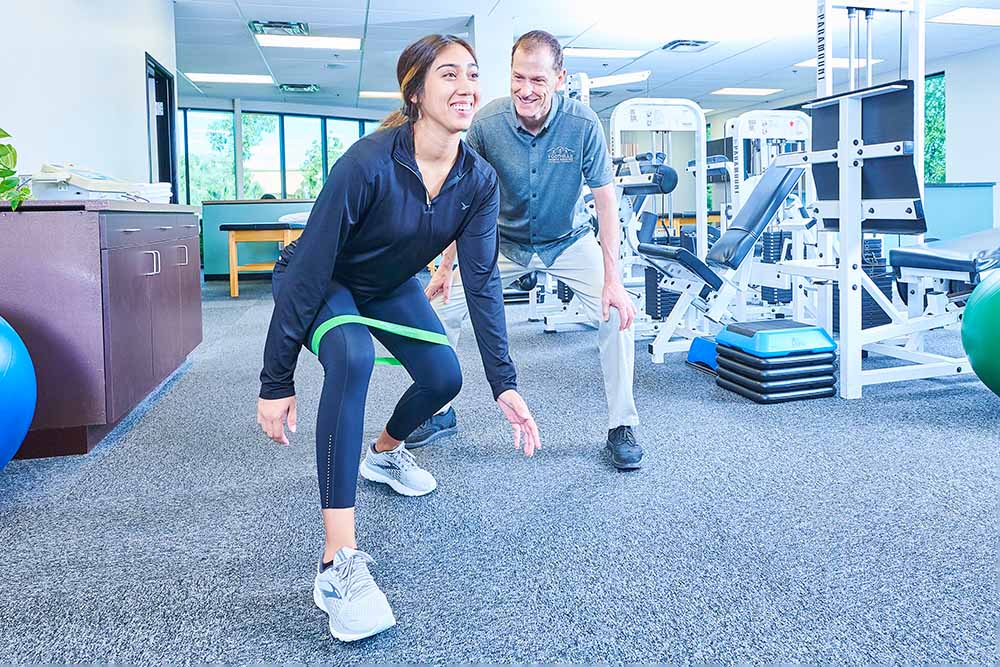Utilizing the Strength of Exercise to Reduce Persistent Pain and Improve Quality of Living
Utilizing the Strength of Exercise to Reduce Persistent Pain and Improve Quality of Living
Blog Article

Chronic discomfort affects numerous of people worldwide and can significantly reduce the quality of life. It can arise from various disorders, such as arthritis, chronic pain syndrome, or prior injuries. While drugs and therapies are frequently used to control pain, a growing body of studies shows that exercise can serve a crucial role in relieving chronic pain. Participating in regular physical exercise can not only help lower pain levels but also enhance overall well-being and functionality. Comprehending how exercise impacts the body can enable individuals to assume control of their pain management.
Exercise has several bodily benefits that can help reduce chronic pain. When people engage in physical activities, their bodies release endorphins, which are innate pain-killers. Additionally, exercise can boost blood flow and fortify muscles, providing superior support for articulations. For those with issues like arthritis, low-impact workouts such as aquatic exercises or biking can assist maintain joint mobility without putting excessive stress on the body. Consistent exercise also helps in maintaining a healthy weight, which can reduce the pressure on load-bearing joints and further ease pain.
In addition to its physical benefits, exercise has a positive impact on mental health. Chronic pain can often lead to exercise prescription for multiple sclerosis feelings of anxiety and depression, which can worsen the perception of pain. Engaging in regular physical activity can help fight these emotions by enhancing self-esteem and elevating mood. Collective exercises, such as yoga or core strengthening, also provide communal interaction, which can enhance emotional support. This mixture of bodily and mental health benefits makes exercise an crucial component of a holistic pain management strategy.
It is important to approach exercise with caution, especially for those managing with chronic pain. Beginning slowly is vital to prevent worsening symptoms. Individuals should consider consulting healthcare experts to develop a tailored exercise plan that considers into consideration their particular conditions and limitations. Activities such as stretching, walking, or light yoga can be great initial points. Gradually increasing the intensity and duration of sessions can assist build strength and endurance without inducing undue stress on the body.
In conclusion, harnessing the power of exercise can significantly alleviate chronic pain and improve standard of life. Consistent physical activity not only helps to reduce pain through the release of endorphins and enhanced muscle strength but also promotes mental health. By incorporating exercise into daily routines, patients can enable themselves in controlling their pain. A careful and informed approach to exercise, directed by healthcare experts, can lead to lasting improvements in health and overall quality of life.